When I first wound my way through the rolling hills and untouched valleys of Trás-os-Montes, I felt like I’d stumbled onto one of Portugal’s best kept secrets. Tucked away in the northeast, this place is a quiet treasure for those of us who want more than just the usual tourist hotspots.
Trás-os-Montes brings together rich history, wild nature, and real local experiences that are getting harder to find.
You’ll find ancient Celtic settlements, Roman ruins, and lush natural parks where wolves and golden eagles roam. Every corner seems to tell its own story.
Charming towns like Mirandela and Mogadouro almost feel frozen in time. Centuries-old bridges and castles watch over the landscape.
If you’re after a side of Portugal that’s still undiscovered and feels real, you’re in the right place.
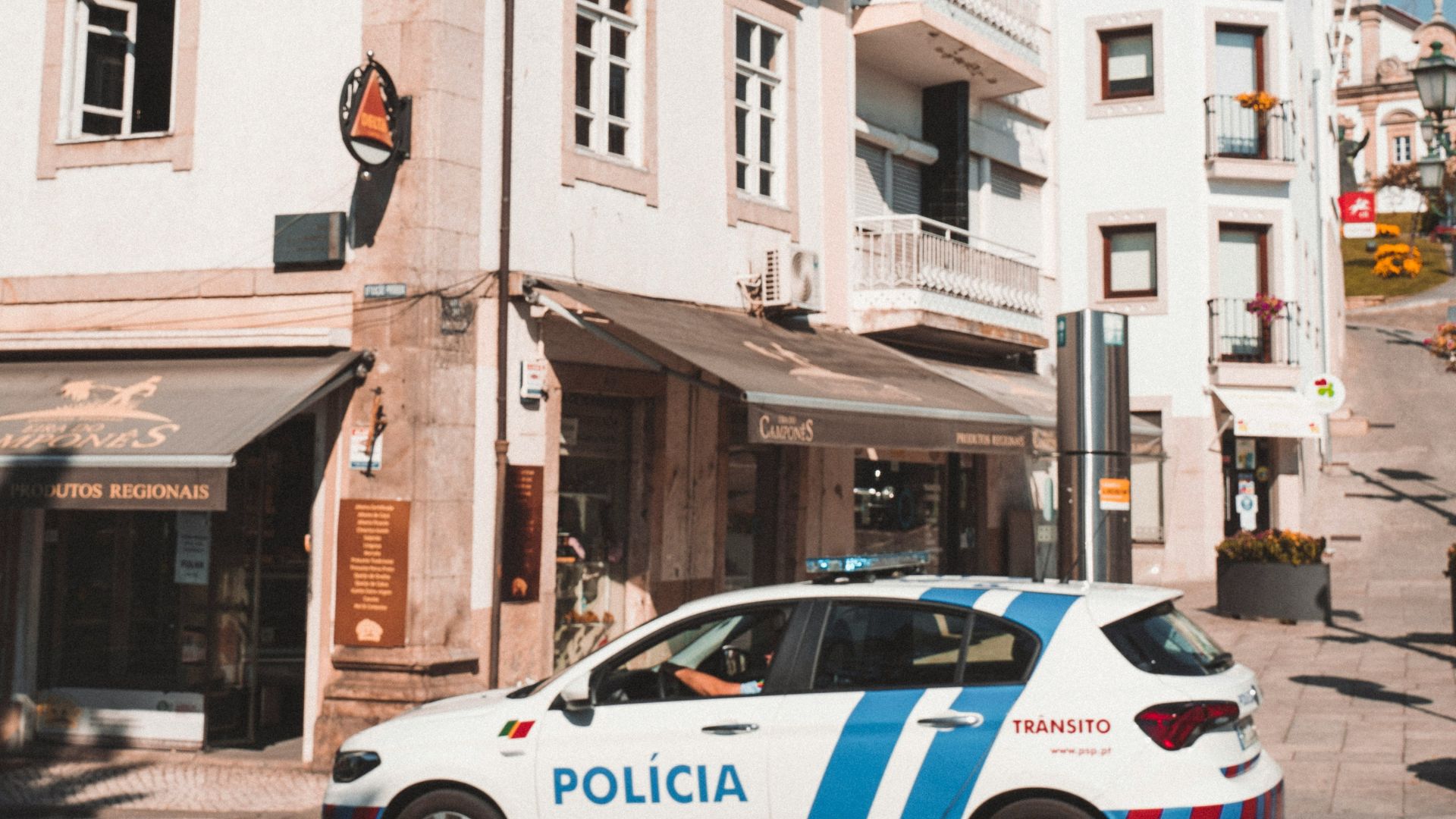
A Journey Through Timeless Heritage
Trás-os-Montes has centuries of history, layered traditions, and some seriously stunning architecture. I found stories set in stone, living customs, and a strong sense of continuity tying past and present together.
Centuries-Old Villages and Towns
Walking the cobbled streets of Bragança, I felt like I’d stepped back in time. The medieval city walls, tidy squares, and red-tiled roofs look much as they did ages ago.
In places like Vila Real and Miranda do Douro, daily life moves at a gentle, almost old-fashioned pace. Locals greet each other in quiet plazas.
I loved exploring these villages. Torre de Moncorvo, with its impressive church and narrow lanes, really stood out.
Hand-painted tiles decorate doorways, and in the evening, old tales seem to float through the air. Here’s what I’d suggest if you’re into history:
- Take a walking tour in Bragança and discover hidden corners.
- Visit Miranda do Douro and try out the Mirandese language.
- Grab a coffee in a tiny village café and listen to stories from the elders.
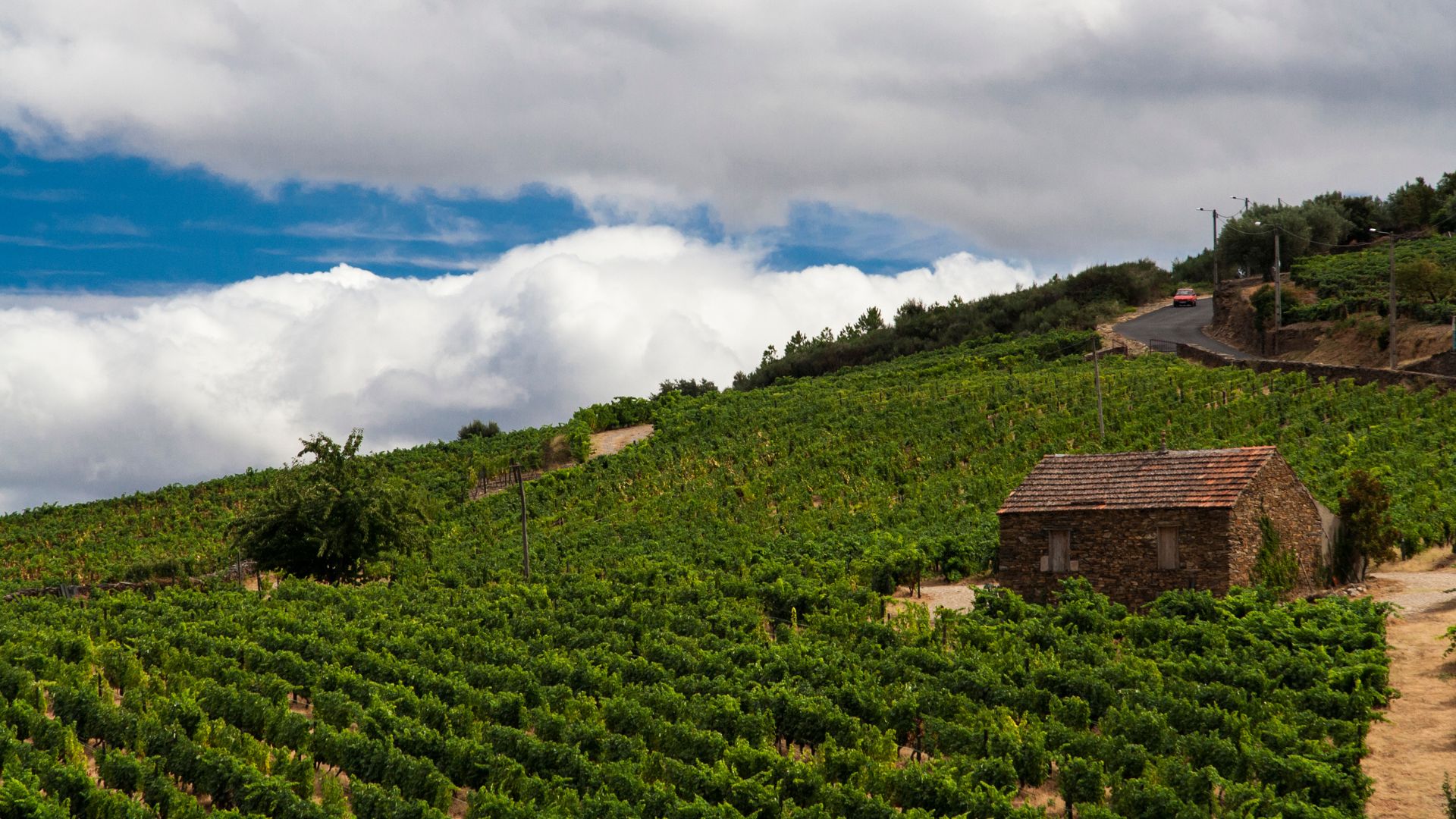
Inquisition, Roman Roots, and Bragança Castle
The past here feels almost layered, like peeling back the pages of a living storybook. The Roman bridge in Chaves gives a glimpse into ancient routes—I tried to imagine travelers from Roman times crossing between settlements.
Bragança Castle towers over the old town. I wandered its walls and the Domus Municipalis, a rare stone town hall, and learned how the fortress protected villagers for centuries.
The castle’s museum displays artifacts from the Middle Ages, and standing in the same tower where guards once kept watch? Pretty surreal.
The Inquisition left deep marks here. In Vila Real and Torre de Moncorvo, some side streets still hide traces of Jewish culture—old signs and stone markings, if you know where to look.
Noticing these subtle clues made my walks much more meaningful.
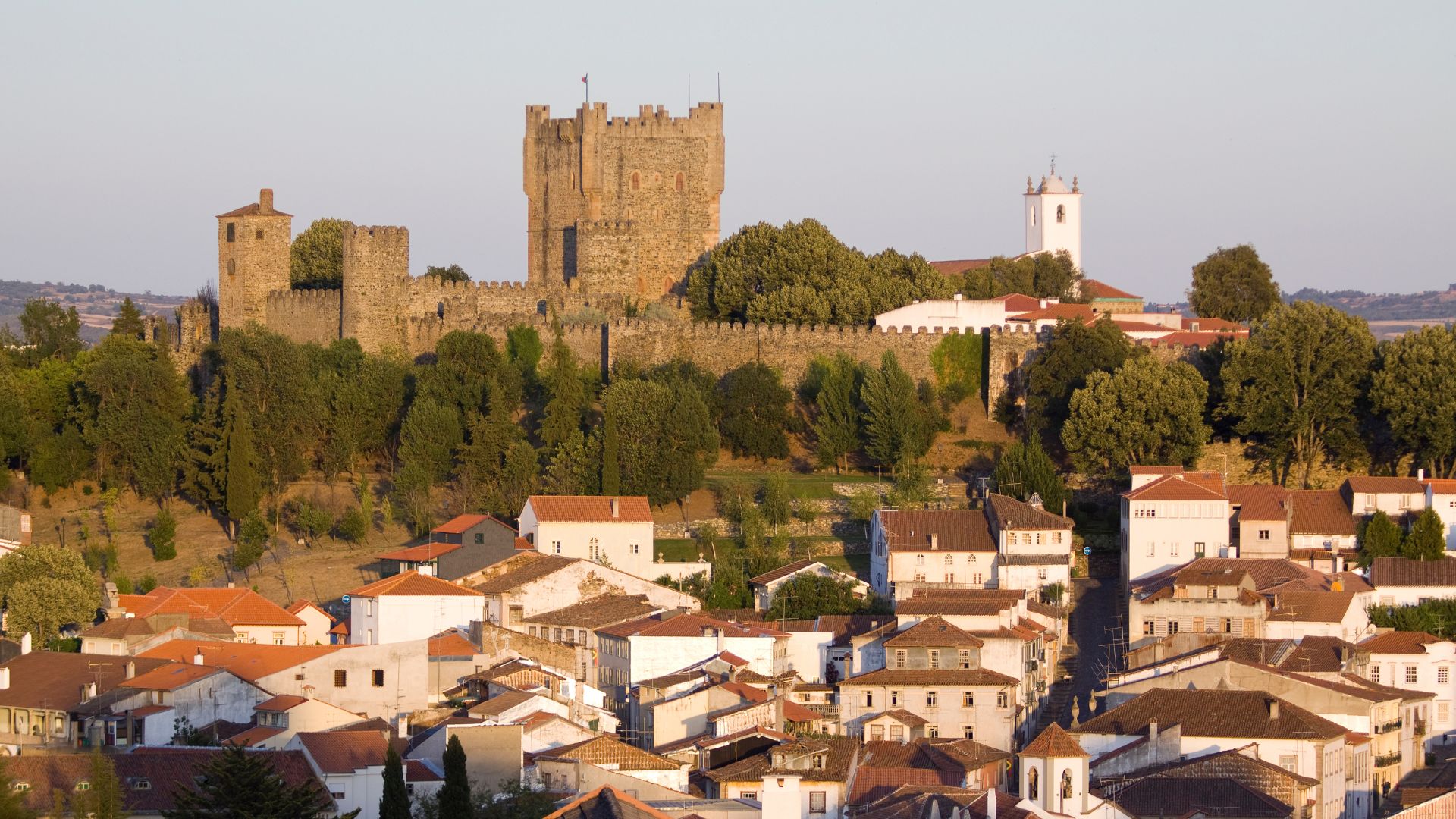
Traditions and Intangible Cultural Heritage
What really makes Trás-os-Montes special are its living traditions. In Miranda do Douro, I watched locals dance the Pauliteiros—sticks clacking, costumes swirling—so important it’s recognized as Intangible Cultural Heritage.
Festivals here mix solemn rituals with lively music and family feasts. I joined a winter celebration in Bragança where people wore wild masks to mark the season.
Food plays a big part, from hearty stews to sweet almond pastries.
These customs aren’t just museum pieces—they’re alive in every market, church, and village gathering. People are eager to share their songs, crafts, and stories.
If you want to understand Trás-os-Montes, spend time with its people. Let them bring the past to life for you.
Nature’s Hidden Wonderland
Trás-os-Montes feels wild and untouched, a region where natural beauty and rich biodiversity come together. As I explored its protected parks and dramatic landscapes, I saw why this place is a dream for nature lovers and hikers.
Wild Trails and Protected Areas
I started my hikes in Montesinho Natural Park, a stretch of green hills and ancient chestnut forests near Spain. The park’s marked trails wind through tiny villages and grazing lands, or lead to peaceful valleys where only birds break the silence.
Montesinho is home to rare wildlife like the Iberian wolf and wildcat, making every walk a bit of an adventure.
The Parque Natural do Douro Internacional looks and feels totally different. Rugged cliffs rise above the Douro River, and I often watched golden eagles soaring over the gorge.
Scenic walking paths take you through wildflowers, old stone walls, and quiet farmland. For a break from hiking, I found the Azibo Reservoir—a peaceful spot for swimming or just relaxing by the water.
The river beaches here feel almost secret, hidden away from the crowds.
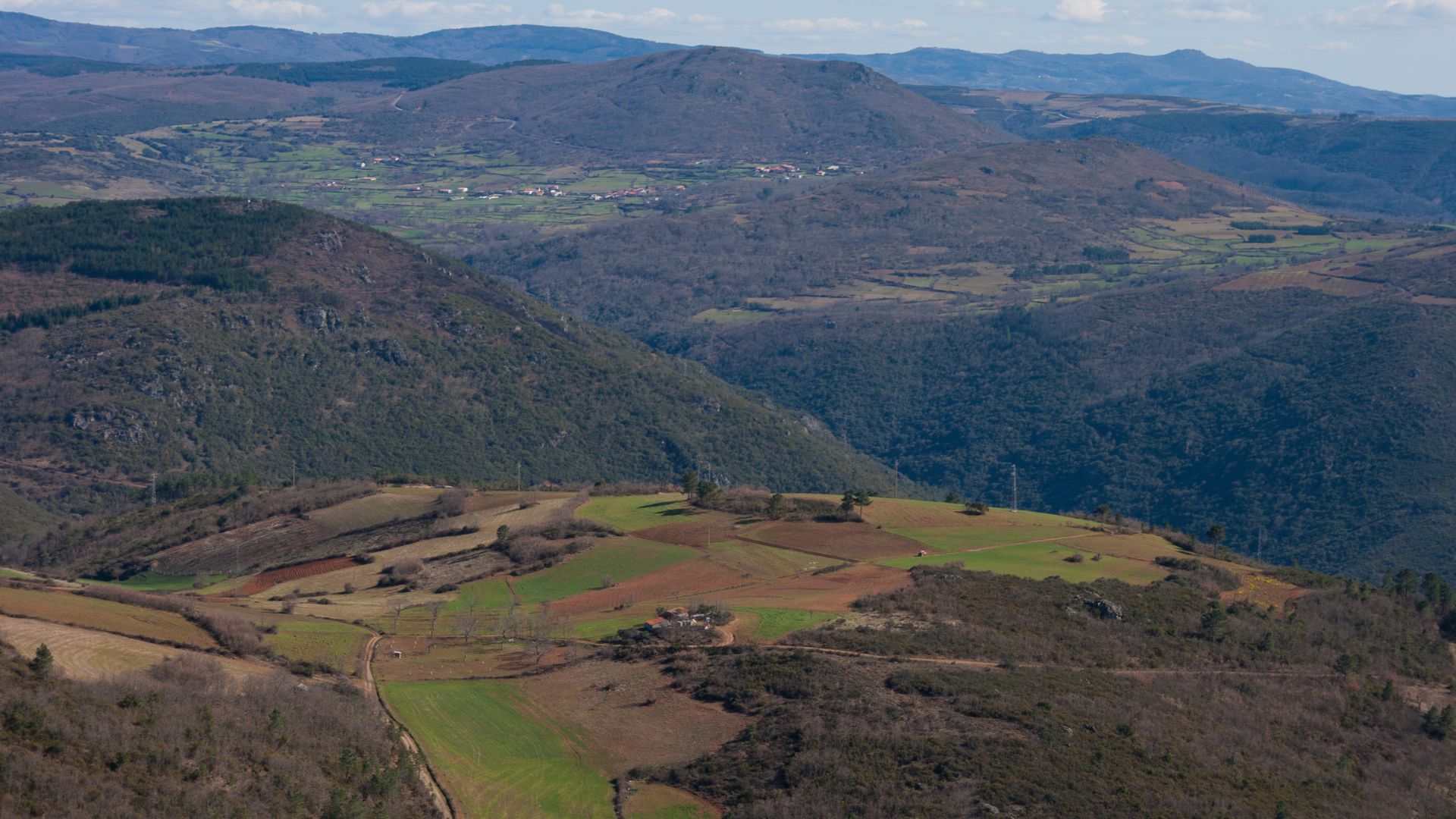
Spectacular Waterfalls and Viewpoints
One highlight I can’t forget is the Fisgas de Ermelo. This dramatic waterfall, near the little village of Ermelo, crashes down rocky steps in the Parque Natural do Alvão.
Walking trails from Lamas de Olo lead right to the best viewpoints. Along the way, I passed stone cottages and fields where time seems to slow down.
The sound of the waterfall draws you closer as the trail twists through pine trees.
For sweeping views, the Fraga do Puio Viewpoint is a must. I got there just before sunset and watched the Douro River curve far below, cliffs glowing in golden light.
Standing on the platform high above the gorge, I felt the wild beauty of Trás-os-Montes hit me all over again. The viewpoints here are perfect for photos or just soaking up the peace.

Wildlife Encounters and Rugged Landscapes
Trás-os-Montes has wild mountains full of animals and dramatic vineyards perched on ancient granite. In a single afternoon, I found untouched forests and open fields alive with wildlife many travelers only dream about.
Wolves, Wild Cats, and Birds of Prey
At sunrise, I sometimes spot the outline of an Iberian wolf moving through the hills. Wolves roam these protected lands, sharing space with the elusive wildcat.
These animals stick to the shadows, but knowing they’re out there adds a real sense of mystery to the chestnut woods and windswept ridges.
The birdlife here is just as captivating. Golden eagles soar overhead—if I’m lucky, I’ll catch one gliding over the valleys.
Peregrine falcons flash by, and hawks and owls drift quietly through the air. Birdwatchers will love it.
Locals treasure these animals, and some parks even run guided tours to help visitors spot them with minimal disturbance.
Dusk brings the landscape alive with calls—a reminder of the healthy, layered ecosystem that’s pretty rare in Europe now.

Exploring Terra Quente and Terra Fria
I learned that Trás-os-Montes splits into two very different areas: Terra Fria (Cold Land) and Terra Quente (Hot Land).
Terra Fria sits higher and cooler, with granite mountains and ancient forests. Here, I saw sheep grazing and oak copses stretching as far as the eye can see.
Terra Quente is lower and warmer, filled with sun-soaked vineyards and olive groves.
The contrast is sharp—vineyards tumble down into deep green valleys. Walking these fields, I loved how the land folds around tiny villages.
I often picnic on a granite boulder overlooking the gold and green rows of vines. Nature and tradition fit together here in a way that feels rare.
Whether I’m following animal tracks or sipping local wine on a sunny terrace, this region feels wild and authentic.
A Taste of Authentic Trás-os-Montes
If you love food, Trás-os-Montes is a dream. The dishes are shaped by rugged mountains and old traditions.
Visiting local markets or grabbing dinner at a tiny village restaurant, I find the flavors honest and rooted in daily life.
Gastronomy and Posta à Mirandesa
The heart of Trás-os-Montes cuisine is its meat. Posta à Mirandesa—a thick, juicy steak from Mirandesa cattle—grazes on the region’s green pastures.
When I first tried it, the smoky, tender meat was cooked over hot coals and seasoned with just coarse salt and olive oil. Simple, but honestly, unforgettable.
This area also serves wild boar stews and game meats, slow-cooked with garlic, red wine, and local herbs. These dishes go perfectly with hearty Trás-os-Montes red wines.
I notice locals love sharing big platters, making meals feel celebratory but never fussy.
Here’s a quick look at some traditional dishes:
| Dish | Main Ingredient | How it’s Served |
|---|---|---|
| Posta à Mirandesa | Beef (Mirandesa) | Grilled, thick cut steak |
| Wild Boar Stew | Wild boar | Slow-cooked, saucy |
| Cod “à Gomes de Sá” | Salted Cod | Baked with potatoes |
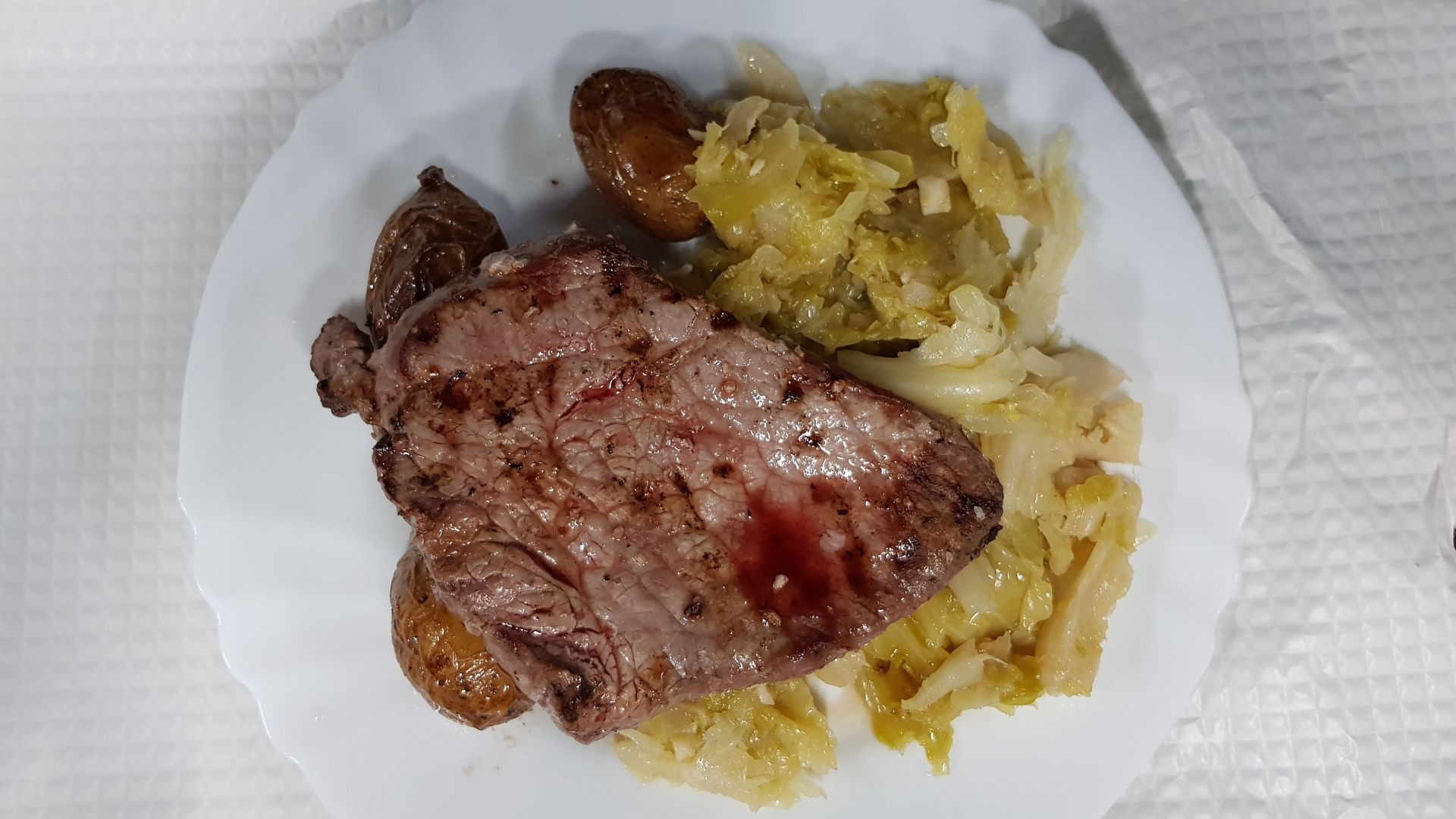
Artisan Olive Oil, Fumeiro, and Local Produce
I can’t talk about Trás-os-Montes without mentioning the local olive oil. Small producers use traditional granite mills, and the oil tastes peppery and fresh.
Drizzling it on warm bread or over roasted potatoes is a ritual here. It’s a flavor I miss long after leaving.
The region is also famous for fumeiro—artisan smoked sausages. Vinhais calls itself the “capital of fumeiro,” where ham, chouriço, and alheiras smoke gently over oak.
I always make time to visit local fairs and sample these, chatting with the producers if I can.
Markets overflow with farm-fresh produce. Baskets spill with onions, chestnuts, apples, and greens.
These staples shape daily meals and show how connected people are to the land.
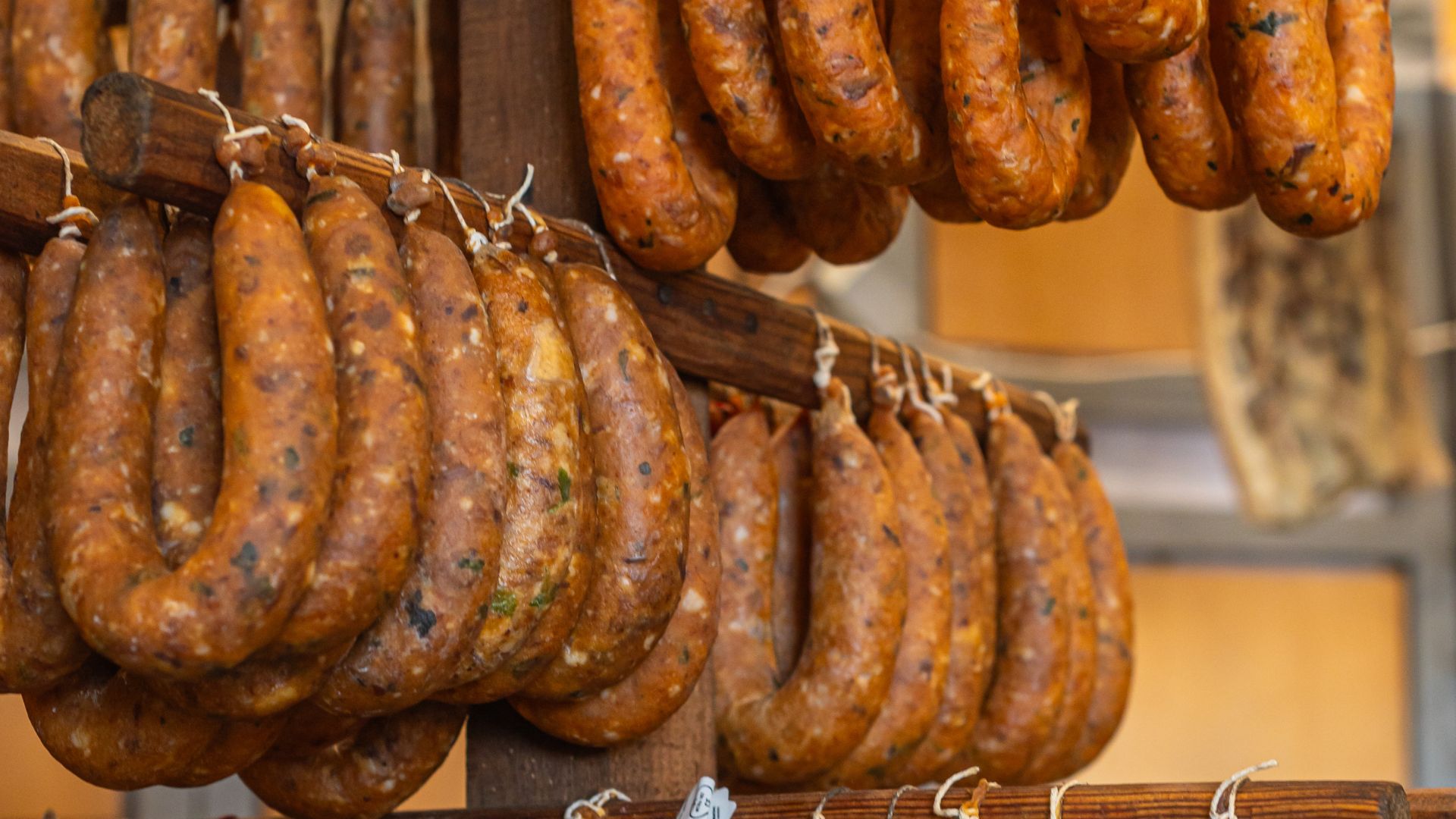
Seasonal Flavors: Cherries, Fruit, and Seafood
Every season brings something new. In spring, cherry trees bloom near Vimioso, later bursting with sweet fruit in summer.
Sidewalk stalls overflow with cherries and apples—it’s almost impossible not to buy a handful.
Trás-os-Montes sits far from the sea, but salt cod (“bacalhau”) is a star here. Cod dishes fill menus everywhere, from cozy homes to rustic guesthouses, usually with potatoes, onions, and plenty of olive oil.
I’ve also enjoyed wild mushrooms, figs, and fresh garden vegetables in salads and soups. Food here feels alive—it’s always shaped by what’s growing, what’s fresh, and what’s shared.
Rivers, Valleys, and Secret Sips
Trás-os-Montes surprises me at every turn with dramatic landscapes, flowing rivers, and flavors from lush vineyards.
I’m constantly drawn to the mix of wild rivers, deep valleys, and quiet wine estates that shape the region’s soul.
The Power and Beauty of the Douro River
The Douro River flows with a steady, hypnotic rhythm through northern Portugal. Whenever I stand on its banks, I watch its wide bends carve through green mountains and overlook ancient terraced hillsides.
The river isn’t just a landmark—it’s part of daily life.
Locals and visitors gather near the water for simple pleasures like fishing, picnics, or just watching the sun dip behind the hills.
Along its stretch, the Douro sometimes feels wild, with fast currents and rocky outcrops. It quiets down near small towns, where old stone bridges and traditional boats dot the view.
One of my favorite moments is catching the morning mist over the water. The stillness breaks only for birds or the hum of a passing boat.
If you love river landscapes mixed with history, the Douro always has something new to offer.

Valleys Rich With Tradition—Tua and Douro
The valleys shape so much of the region’s culture. The Tua Valley doesn’t get much attention, but it’s unforgettable. I remember winding through its deep gorge, hills crowded with olive and almond trees on every side.
Villages here seem untouched by time. People gather for local festivals or tend their crops, just like their families have always done.
The Douro Valley feels completely different. It’s famous for vineyards and those iconic terraces. I’m always a little stunned by the steep slopes, all tamed by hand-built stone walls—each one feels like a chapter from the past.
When I walk through the Douro, I can really sense the hard work poured into every bottle. Wildflowers and old footpaths snake between the farms, making this a great spot if you like to travel slowly.
If you want to see the real Portuguese countryside, these valleys will let you experience tradition up close.
Port Wine, Mateus Rosé, and Vineyard Experiences
Wine here isn’t just a drink—it’s woven into daily life. The first time I tried port wine in a centuries-old winery above the Douro, it somehow felt both ordinary and magical.
Most wineries are small and run by families. They often welcome visitors to taste their wines and stroll through the vines.
Port wine gets all the attention, but don’t skip Mateus Rosé. It’s light, a bit fizzy, and honestly, it really hit the spot after a long day out. Tastings usually come with stories—about the land, family secrets, and the changing seasons.
What you can experience at a Douro Valley vineyard:
- Guided walks explaining grape varieties
- Traditional wine cellars carved into hillsides
- Local snacks like cheese and cured meats
- The chance to meet winemakers and ask questions
For me, sharing a table and a tasting with local artisans ties everything together—the rivers, valleys, and honest flavors of the land.
Quaint Communities and Rich Festivities
From cobbled streets lined with granite homes to age-old festivals bursting with color, I found Trás-os-Montes’s villages and events truly unique. Traditions, local pride, and tight-knit communities give it a character I haven’t found anywhere else.
Mogadouro, Mirandela, and Vinhais: Stories in Stone
Exploring Mogadouro felt like stepping back in time. Narrow streets twist between white-washed houses, leading to medieval castles and quiet chapels.
Locals often greet you with a nod or even a quick story, sharing bits of village folklore.
Mirandela, known for its olive oil and the winding Tua River, blends old bridges with busy market squares. I made sure to try alheiras, the region’s smoky sausage, in a cozy family-run tavern.
There’s something about eating homemade food in a centuries-old building, just watching life go by. In Vinhais, the mountain air felt crisp and the pace was slower.
Vinhais calls itself the “capital of fumeiro” and takes real pride in smoked meats and its annual sausage festival. Visiting farmhouses and local fairs gives you a glimpse of daily life from generations ago.

Unique Festivals and Carnival Traditions
Festivals in Trás-os-Montes are some of the liveliest I’ve seen. Colorful processions, masked figures, and ancient music transform ordinary villages into living theaters.
Montalegre’s Carnival stands out—devils, wild costumes, and local legends fill the streets. The whole town feels like a scene from folklore.
In Freixo de Espada à Cinta, I joined locals to watch their unique Carnival traditions. Dancers move through the squares in elaborate outfits and masks passed down through families.
Rituals here highlight the region’s deep connection to its old beliefs. Even the smallest villages host annual events, from grape harvests to winter fairs.
These celebrations are open and welcoming—locals will often invite you to join in, share some wine, or even learn a dance.
Tip: Double-check festival dates and consider travel insurance during busy times. High demand can fill up hotels and cause unexpected delays.
A Sense of Isolation—Immersive Escapes
Honestly, what I love most about this region is its peaceful isolation. Trás-os-Montes just sits apart from all the city noise, tucked away behind rolling hills and four mountain ranges.
These natural barriers keep the villages and landscapes undisturbed. It’s like the world forgot to bother them, and I mean that in the best way.
If you want to reach places like Vinhais or Mogadouro, get ready for some winding roads and unexpected detours. I’d say rent a car and don’t rush it—every curve seems to offer a new postcard-worthy view.
That feeling of seclusion really adds to the whole experience. Every time I stumble on a hidden chapel or a weathered stone cottage, it feels like I’ve found a secret.
Cell service can disappear out here, and some roads feel surprisingly remote. I usually keep emergency numbers written down, just to be safe.
If you’re into adventures off the beaten path, bring along some cash, let someone know where you’re headed, and double-check your travel insurance. You might find the quiet escape you didn’t know you needed, where tradition and daily life still linger untouched.

